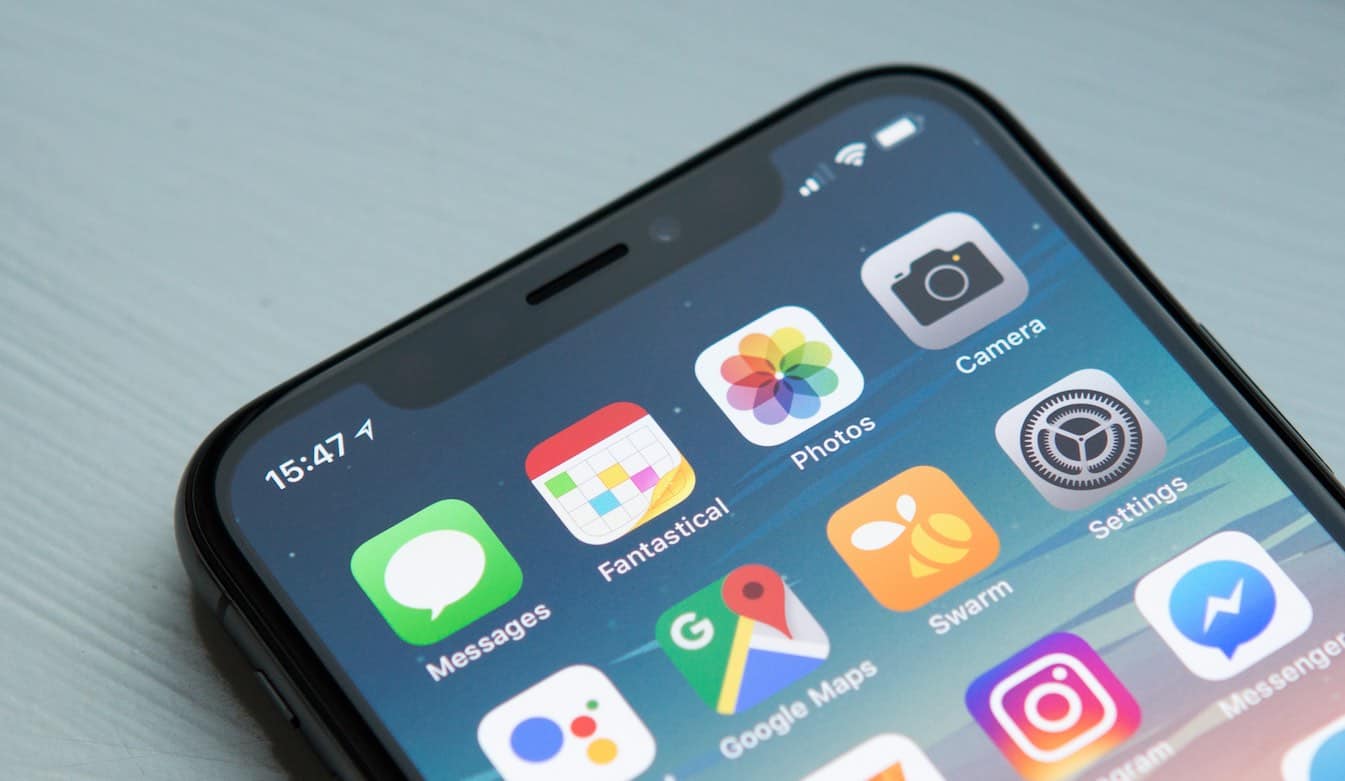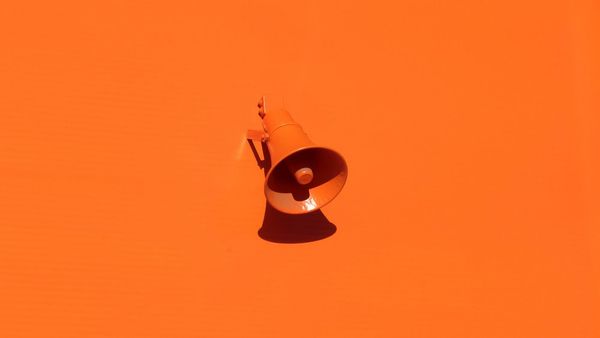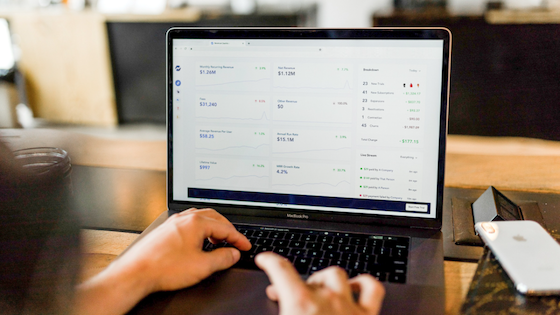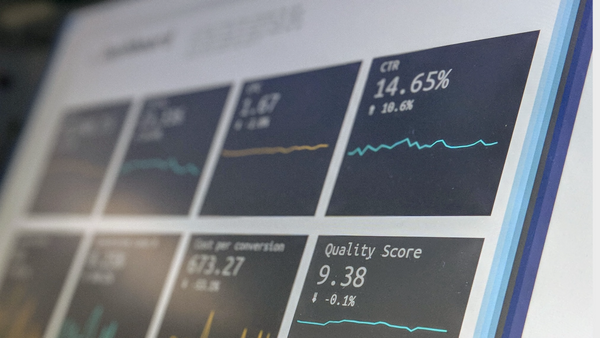The Smart Amazon Seller’s Guide to Facebook Messenger Marketing
7 minute read
Facebook Messenger is emerging as a powerful marketing channel for businesses. For Amazon sellers trying to grow and market off-Amazon, it may be the most effective communication channel you can use.
Where email was once number one, Messenger is ready to take over. Instant messaging is increasing how people communicate today, making it the perfect tool to engage and connect with your target customers.
This post is going to cover why Messenger looks to be the #1 way to build relationships with your customers today. We’ll also look at how you can grow your Messenger list, and the best uses for your list.
Advantages of Messenger vs Email for Sellers
For the longest time, building an email list was one of the best things you could do to grow an audience and market outside Amazon. Email is still very valuable, and has its own benefits over Messenger. But Messenger, too, has significant advantages, which is why it’s growing in popularity fast.
Advantages of Messenger
Here are the key benefits to Messenger over email:
- – High open rates
- – High engagement rates
– More options to customize your lead’s journey
The open rates for Messenger are insane. Messenger chatbots often get open rates in the 80-90% range. Compared to email, for which 20-30% open rates are pretty good, that’s a massive difference.
It’s not just open rates. Engagement is what you ultimately want – i.e. clicks and replies. Messenger kills at that as well. Exact stats vary, but reported click-through rates for Messenger come in at 15% on the low end, and going as high as 60% or more!
Messenger being a more personal channel, with less of a reputation for spam, makes it easier to make deeper connections with your customers. There’s more trust, and less friction. It’s easier for someone to check their messages, send a reply or click a link in the message.
Plus, the intuitive flows you can create with Messenger bots are super powerful. You can customize your customer’s journey, sending them down different paths depending on their responses. Thus letting you craft a much more personal experience.
Advantages of Email
Here are some of the ways email comes out ahead:
- – Better off with older generations
- – More people have email
- – Better for long-form, evergreen or shareable content
Email still has its advantages, and as such, you shouldn’t disregard it.
Messenger (as well as mobile email) is a lot more popular with younger people, but older consumers still prefer email. People 56 and over prefer to check their email on desktop devices, whereas younger generations more often check and sort messages on mobile first.
Also, while Messenger is growing fast, with around 130 million users in the US, email has about double that number. Messenger is big, but email is still bigger.
Depending on the type of content you’re trying to get out, email may be better suited than Messenger. People are less likely to read long-form content on instant messaging platforms, but more likely to stick with it in an email.
Additionally, if you want to send content for people to share, email is a lot easier than Messenger. Forwarding and re-sharing things like promotions or evergreen content can be done simpler with emails.
How to Build Your Messenger List
One of the biggest things in the way of Amazon sellers marketing on Messenger is actually getting people onto your Messenger list.
You can’t start Messenger conversations with anyone. You need them to opt in, first.
Luckily, the opt in process isn’t too complicated. All you need is for someone to send a message to your page in Messenger, and they’ll be added to your list.
To get the best results growing your list, offer an incentive for people to message your Facebook page. A great way is to run Facebook Ads or other external traffic campaigns and offer a discount promo code for your product on Amazon.
Make it so the person needs to message your page to receive their Amazon product discount. It’s low-friction, high-reward for the customer, which leads to a lot of conversions, and signups to your list.

As a bonus, the added sales you get ends up helping your products rank higher on Amazon. The easiest way to set up a funnel like this for selling Amazon products is with a software tool, like LandingCube.
You can set it up one of two ways. Either send your traffic to a landing page, which directs the customer to a Messenger flow. Or create a Click-to-Messenger ad, which sends the person straight to Messenger from a Facebook Ad.


The option you choose is up to you. A Click-to-Messenger ad will result in a lot of Messenger subscriptions. But your leads may be lower quality, and you’ll get a lower percentage of people actually buying your products on Amazon.
Whereas a landing page funnel gives you a chance to show off your Amazon products and ensures the leads you get are people really interested in your brand, though the cost per Messenger subscription will likely be higher.
How Amazon Sellers Can Use Messenger
Getting people into Messenger is the hardest part, but it’s only the first step. The size of your Messenger list is just a vanity metric unless you have a strategy for how to use it. Here are some ways your Messenger list can help grow your brand on (and off) Amazon.
Asking for reviews
Reviews are huge. They help your products rank higher, they’re super important for getting conversions… and it’s becoming harder and harder to get them.
Open rates and deliverability rates for Amazon autoresponders are declining. Amazon’s getting stricter on their review policies. As such, many sellers are struggling to get the reviews they need for sales to take off.

With its proven open rates and engagement rates, Messenger presents a great way to ask for Amazon sellers to ask for reviews. You can also customize your flows so your review requests go to the right people, at the right time.
Increasing LTV with up-sells, cross-sells and consumable re-orders
Studies say the chance of selling to existing customers is in the range of 60-70%, as opposed to 5-20% chance of selling to a new customer.
Re-engaging past customers is a great way to grow their LTV (lifetime value). Instead of getting only one sale out of that customer, selling to them again and again allows you to grow your revenue much more effectively.
Great ways to do this include:
- – Up-sells (selling a more expensive upgrade or add-on to their original purchase)
- – Cross-sells (selling a different product, related to what they originally bought)-
- – Re-orders (really effective for consumable products, such as supplements or beauty care)
Just keep in mind, you can’t send promotional messages out of the blue. Facebook’s 24+1 messaging policy means you can send one promotional message within 24 hours of a subscriber’s latest activity.
If you’re going to send anything promotional in Messenger, you’ll have to send a non-promotional broadcast first. Only follow up after they engage with your first message.
Use your subscribers to build custom & lookalike audiences
Audience targeting can make or break your Facebook Ads performance. So a warm audience, like your Messenger list, is really powerful. You can target your Messenger subscribers directly with ads. You can also use your subscribers list to build lookalike audiences, which are a very cost-effective way of growing your reach and targeting new customers.
Building long-term relationships with your customers on (and off) Amazon
While promotional messages might have the most obvious ROI, engaging and growing relationships with your customers it the best way to have long-term success.
With a flood of sellers on Amazon, it’s easy for your brand to get lost in the shuffle. The way to prevent this is building a brand with a voice, and an identity.
Messenger, as a more personal and informal marketing channel, allows you to send fun flows and helpful content to your subscribers. This helps you stick in their minds, long after they’ve bought from you.
Just make sure you follow the 80/20 rule when you’re communicating with your list. This means at least 80% of your content should be non-promotional. People will be quick to unsubscribe if you only ever send a message when you’re trying to sell something.
The kind of brand loyalty you can build with Messenger doesn’t have an obvious impact straight away. But long-term, it pays off big time. Setting you up for long-term growth, and lessening your reliance on Amazon.
Messenger Marketing for Amazon Sellers: In Summary
The times are changing. Engagement and brand loyalty is becoming more and more necessary for an Amazon business to survive long-term.
There’s too much competition to rely on organic search rankings forever, without having a brand with a voice. Plus, relying on Amazon as your only sales channel leaves your business vulnerable and at risk.
The best way to get ahead and stay ahead in 2019 is to build an audience and customer relationships outside of Amazon. And Facebook Messenger is quickly becoming the best way to achieve this.










